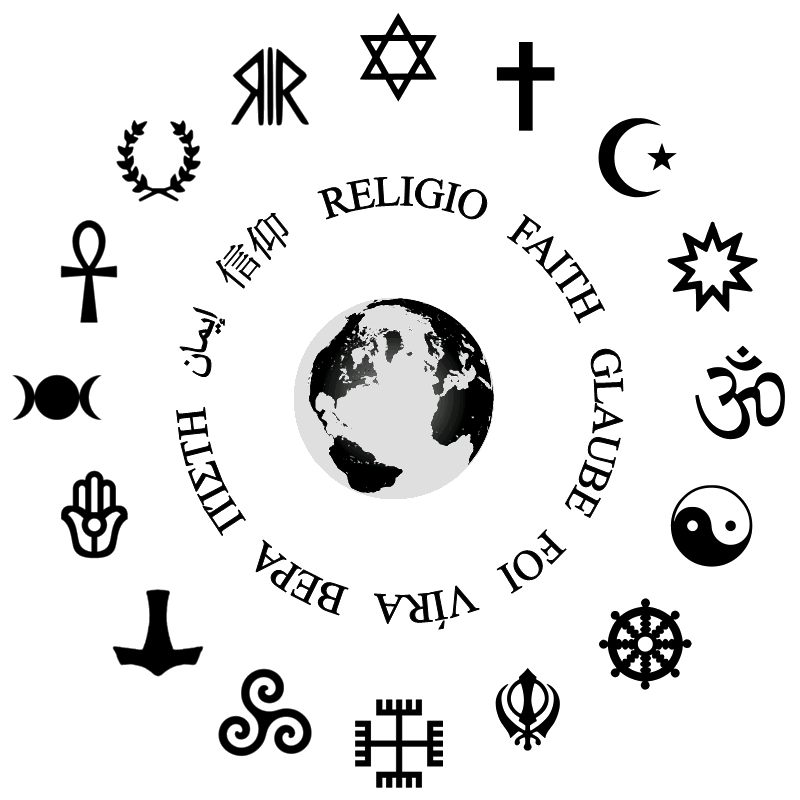The Baha’i Faith, founded in the mid-19th century by Baha’u’llah, emphasizes the unity of all religions and the harmonious progression of humanity. A defining characteristic of this belief system is its rich tapestry of spiritual narratives, including miracle stories that not only serve as poignant illustrations of divine capability but also reinforce the foundational tenets of the faith. This guide endeavors to elucidate the various dimensions of Baha’i teachings, with a particular focus on how miracle stories intersect with broader spiritual concepts.
The concept of miracles within the Baha’i framework is distinctly nuanced. Unlike many traditional religious narratives that foist miracles as divine interruptions in natural law, Baha’i teachings contextualize them as expressions of God’s unerring influence over creation. Miracles are appreciated as manifestations of a higher reality, illuminating the divine attributes present in humanity’s spiritual quest and progress. This perspective aligns not only with contemporary understandings of spirituality but also promotes a synthesis between science and religion—an essential aspect of Baha’i doctrine.
One can categorize miracle stories into various types, each serving a unique pedagogical purpose within the Baha’i Faith.
- Prophetic Miracles: These narratives recount extraordinary events associated with the lives of Baha’i prophets—figures such as Baha’u’llah and the Bab. An exemplary tale is that of Baha’u’llah’s imprisonment in the Síyáh-Chál, where mystical experiences and profound insights seemed to culminate in the revelation of divine guidance. Such accounts emphasize the transformative power of suffering and the underlying purpose of trials in spiritual development.
- Miraculous Healing: Accounts of healing serve to symbolize the profound interrelationship between the physical and spiritual realms. The narrative of Baha’u’llah restoring a blind man’s sight illustrates not merely the act of healing but also the broader spiritual awakening that occurs when individuals turn towards God. It posits an essential Baha’i belief: that the body, mind, and soul are interwoven, and through spiritual rectitude can come physical healing.
- Symbolic Miracles: Many miracles in Baha’i texts operate on a metaphorical level, inviting believers to extract deeper meanings. For instance, the story of the “Return” signifies not just the return of a prophet but the lifelong journey of the soul towards divine knowledge. The use of symbolism in miracle narratives enhances their depth, encouraging reflection and contemplation among adherents.
- Community Miracles: The establishment of thriving Baha’i communities worldwide stands as a testament to the transformative power of the faith. Here, miracles transcend the individual and manifest through collective action and unity. Accounts recount instances where diverse groups came together to serve humanity in times of crisis, thereby illustrating the miraculous potential of communal efforts grounded in principles of love, harmony, and service.
The central role of these narratives emphasizes a critical aspect of Baha’i belief—the concept of progressive revelation. According to Baha’i teachings, God sends a series of messengers over time, each bringing forth messages suitable to the needs of humanity at that particular juncture. In this light, miracle stories serve to illuminate the teachings of these prophets, providing a relatable context that brings spiritual principles to life. Instead of existing as historical curiosities, they serve to bridge the chasm between the divine and mortal, inviting believers to engage with the teachings actively.
The Baha’i Faith encourages an exploration of these narratives not only as stories but as reflections of intrinsic spiritual truths. This engagement fosters critical thinking and the ability to discern the underlying lessons embedded within each tale. For example, the miracle of unity—manifested through diversity of thought and practice—provides insight into the Baha’i dedication to collective progress and social justice. These stories implore adherents to reflect on their personal and communal responsibilities toward fostering a just society.
Furthermore, in exploring the teachings of Baha’i, one cannot overlook the manner in which beliefs and miracle accounts are interwoven with ethical imperatives. The essence of these stories invariably points toward cultivating virtues such as compassion, forbearance, and integrity. Miracles often occur as the natural result of living in accordance with these principles, reinforcing the notion that ethical living can indeed yield extraordinary results. The transformative power of living a virtuous life can be interpreted as a miracle in itself, showcasing the daily opportunities for divine manifestations within the natural course of human development.
In conclusion, the journey through Baha’i teachings and miracle stories is one that encapsulates the entirety of spiritual and ethical inquiry. The multilayered narratives offer readers not only insights into the nature of divinity but also practical applications for personal and community life. As believers engage with these stories, they may find themselves drawn deeper into the heart of Baha’i teachings, discovering the miraculous potential inherent in their everyday lives. This exploration encourages a harmonious existence, where the sacred and the mundane are intertwined, resonating with the profound interconnectedness that defines the Baha’i approach to spirituality and community engagement.
